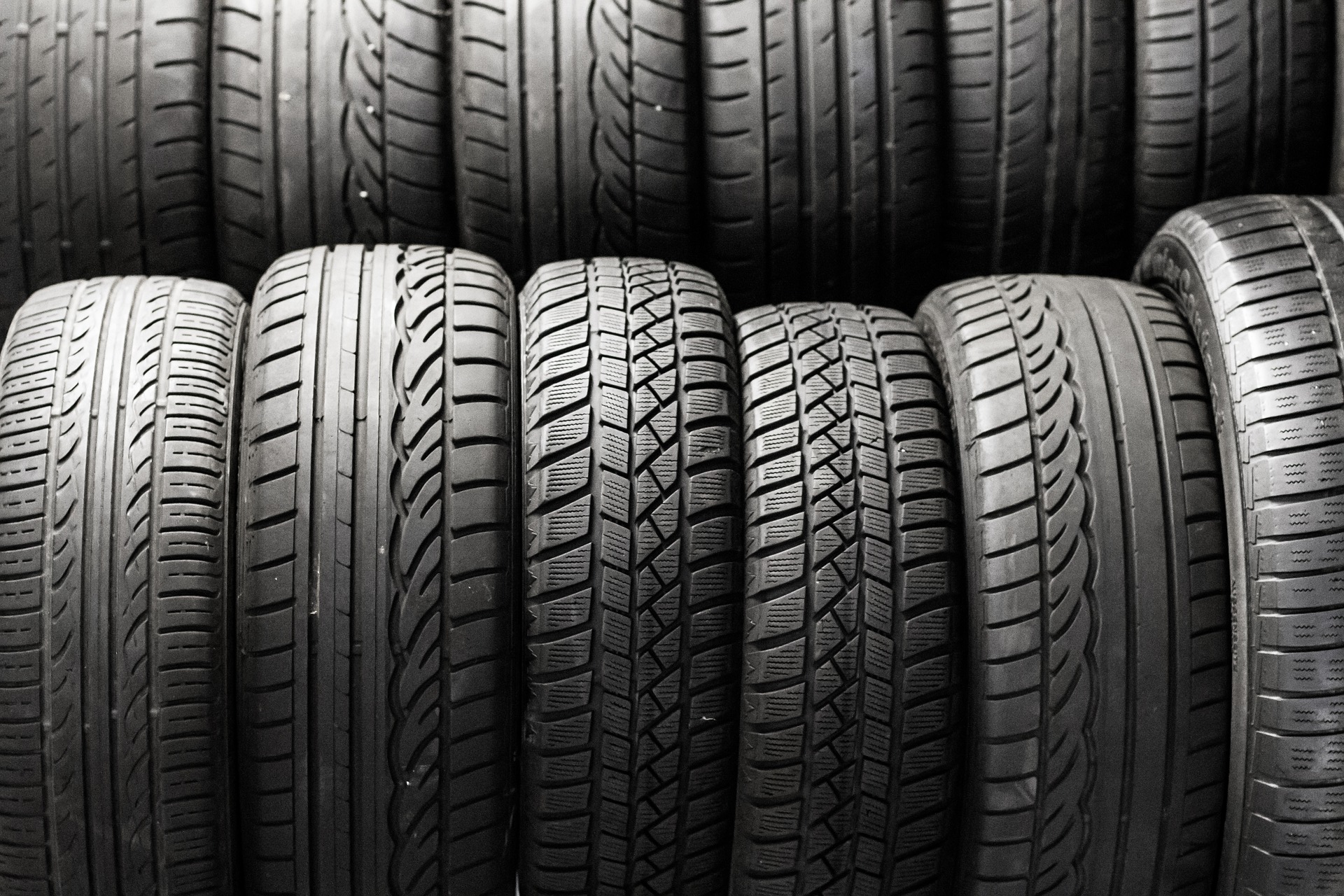Having properly functioning tires is one of the most important safety aspects when it comes to driving a vehicle. Tires are made up of many components, such as treads and sidewalls, that work together to help keep you safe on the road.
An essential part of tire maintenance is understanding tire tread patterns and how they affect your car’s performance. In this article, we will explore what you need to know about tire tread patterns so that you can make sure your car is running safely and efficiently.
Benefits of Different Tread Types

Source: petroleumservicecompany.com
The different types of tire treads offer a variety of benefits to drivers. Tread patterns with deep, wide grooves provide excellent traction and grip in wet weather conditions, while shallow tread provides extra fuel efficiency. All-season tires are designed with an intermediate depth that balances both performance and safety on dry and wet roads alike.
We suggest using Pirelli tires as they boast precision-engineered treads that deliver unrivaled grip. Pirelli’s innovative tread patterns provide optimal traction and braking, conquering any road condition with ease. But you should check out Pirelli Tire Reviews to make sure you buy the most compatible tire for your vehicle.
For off-road applications, aggressive lugged or mud terrain tires are the way to go for maximum traction over soft surfaces like sand, snow, or dirt. Finally, for high-speed stability, there are specialized performance tires that feature stiffer sidewalls and slicker tread designs optimized for quick cornering at higher speeds. With so many options available it can be difficult to decide which type is best suited for your driving needs – but understanding each type’s advantages is key to making the right decision for you!
Factors to Consider When Choosing the Right Tread Pattern

Source: .z-onetoledo.com
When it comes to choosing the right tire tread pattern, there are a few factors you should consider. Firstly, think about the type of terrain you’ll be driving on most often. If your route is mostly paved roads, a less aggressive tread might be best suited for your needs. On the other hand, if you drive off-road more often then a more aggressive tire with deeper lugs and thicker sidewalls would give better traction in challenging conditions.
Secondly, take into account how much weight your vehicle carries regularly and adjust accordingly depending on whether it’s just one person or multiple passengers plus cargo. A heavier load requires tires that can handle greater amounts of stress while still providing adequate grip.
Thirdly, pay attention to weather conditions in your area and choose accordingly – if it rains frequently make sure the grooves are deep enough so water can disperse quickly from under the tire; similarly for snow or icy surfaces look for wider spaced blocks that will provide better traction in slippery environments than narrower treads would offer.
Finally, consider longevity when selecting a tread pattern – certain types of rubber compounds will wear down faster than others so paying attention to details like this could save you money in the long run as well as ensure that performance levels stay high throughout the lifespan of tires installed on your vehicle!
Common Tire Maintenance Practices for Extending Tire Life and Performance

Source: s19532.pcdn.co
Maintaining tires is essential for extending tire life and performance. Regularly checking tire pressure, inspecting tread depth, and rotating your tires are all common maintenance practices that help ensure optimal performance from your vehicle’s tires. Keeping a close eye on the condition of your tires can also alert you to any potential problems or wear-and-tear before they become serious issues. Understanding the basics of tire tread patterns is key to maintaining proper tire care as it helps you make sure you have sufficient traction when driving in wet or slippery conditions.
Knowing what type of tread pattern best suits your specific needs will help prevent hydroplaning and other dangerous road conditions while providing enhanced grip and stability on the road. Keeping up with regular maintenance practices such as weekly air pressure checks, monthly visual inspections, bi-annual wheel alignments, and four-wheel rotations every six months should keep your car running smoothly for years to come!




